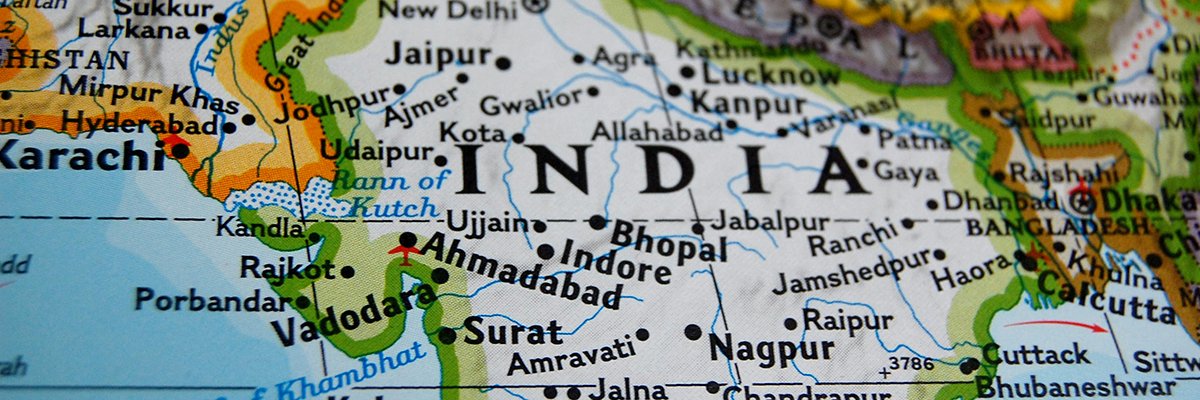
India is experiencing an influx of investment in its datacentres due to its significant market potential, relaxed policies and regulatory environment, and the market is expected to show a 38% compound annual growth rate between 2021 to 2028, according to a study from TeleGeography.
The specialist telecoms market research and consulting firm’s report was based on data drawn from its Bandwidth Pricing Database Service, which provides access to capacity prices on more than 180 separate routes and capacities between 2 Mbps and 100 Gbps.
The company said the overall 38% rate of growth implies international bandwidth demand will increase 10 times over this period, and at the heart of this surge is the fact that the country plays a pivotal role in data communications.
TeleGeography noted that India has 11 cloud regions as of Q2 2022. Google recently launched a region in Delhi, and both AWS and Microsoft Azure plan to soon launch regions in Hyderabad.
“Our research demonstrates a clear growth in international bandwidth connected to India,” said TeleGeography research director Alan Mauldin.
“But what’s remarkable is that we don’t see sufficient capacity available to match it. In fact, if new cables are not added, available capacity would likely be exhausted well before the end of the decade.
“But this will change very soon. We expect to see multiple new submarine cables serving the Indian market by 2025.”
The report also highlighted the pricing of the network infrastructure. It observed that prices for international wavelength capacity from both India to Europe and Southeast Asia are currently more expensive than other major global routes, a trend that is likely to continue without regulatory improvements and the introduction of new supply. These higher prices, said the analyst, were a by-product of concentrated cable ownership, control of cable landing stations and fibre backhaul.
“We’ve seen prices to India decrease over time,” said Brianna Boudreau, senior research manager at TeleGeography. “But the recent pace of price erosion is much slower, especially for the Chennai-Singapore and Marseille-Mumbai routes.
“A contributing factor to this is capacity availability – throughout the pandemic, supply chain issues contributed to delayed upgrades,” she said.
“Moving forward, there is an opportunity for newer, higher-fibre count submarine cables to meet current demand, and for providers to step up and serve future demand with elevated capabilities. Between now and 2025, at least six new subsea systems are slated to enter the market, with several more under discussion.”

Comentarios recientes